Sean Bobbitt decided to film 12 Years a Slave using the Arricam LT and ST, which are some of the newest 35mm film cameras produced by Arri. Although digital filmmaking has become overwhelmingly popular in the recent film industry, Bobbitt decided to use 35mm film instead, saying that, “for a period piece, film gives the audience a definite sense of period and quality." McQueen and Bobbitt also selected to film in widescreen, in order to provide the audience with a sense of the story’s epic nature.
Another interesting comparison that McQueen wanted to make with 12 Years a Slave was the direct visual comparison to the Spanish painter Francisco Goya.
Production of this film was taken with tremendous seriousness, and shows the research and development that is required in order to win the Academy Award for Best Picture. It also is a sign of the dedication Steve McQueen and his fellow filmmakers had for their story and project.

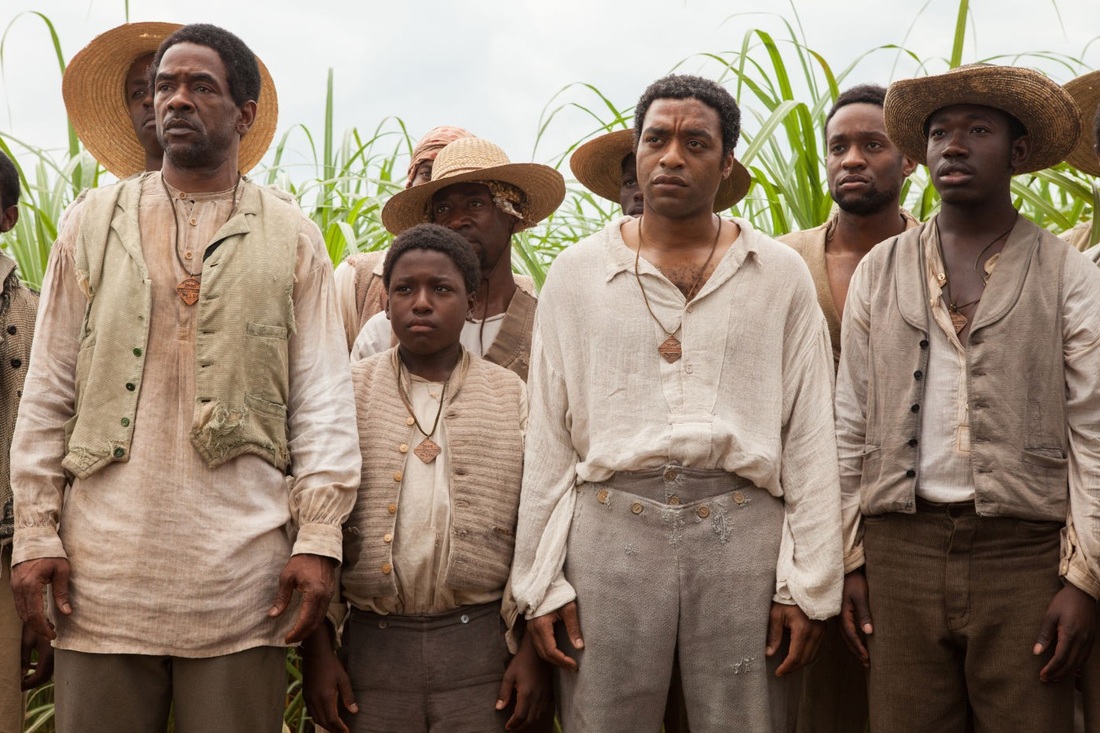
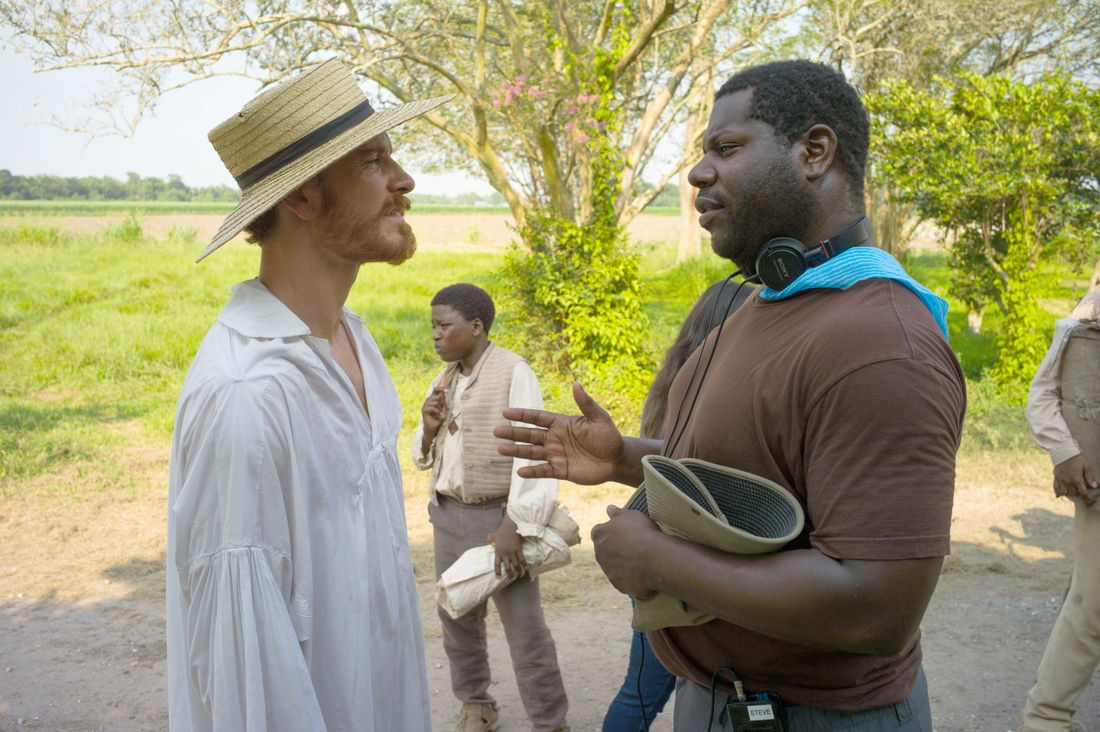
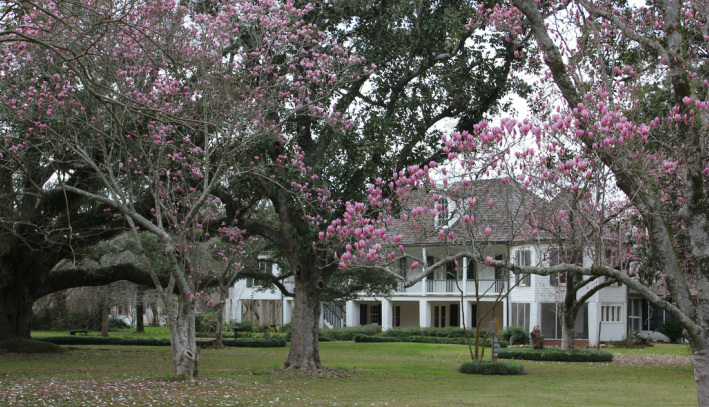
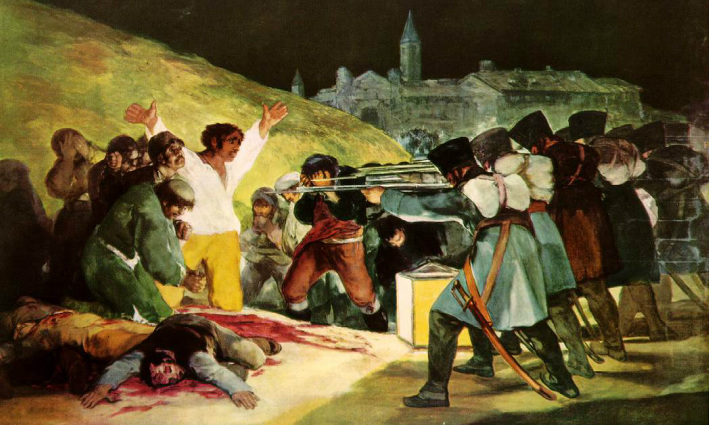
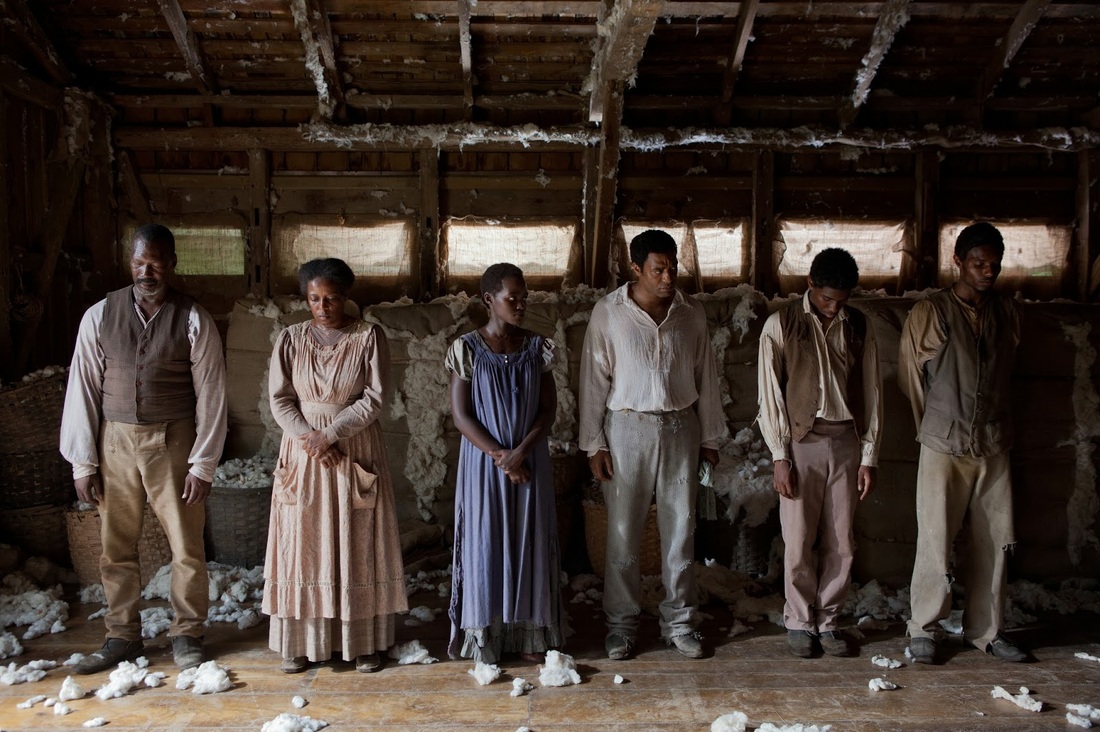
 RSS Feed
RSS Feed
